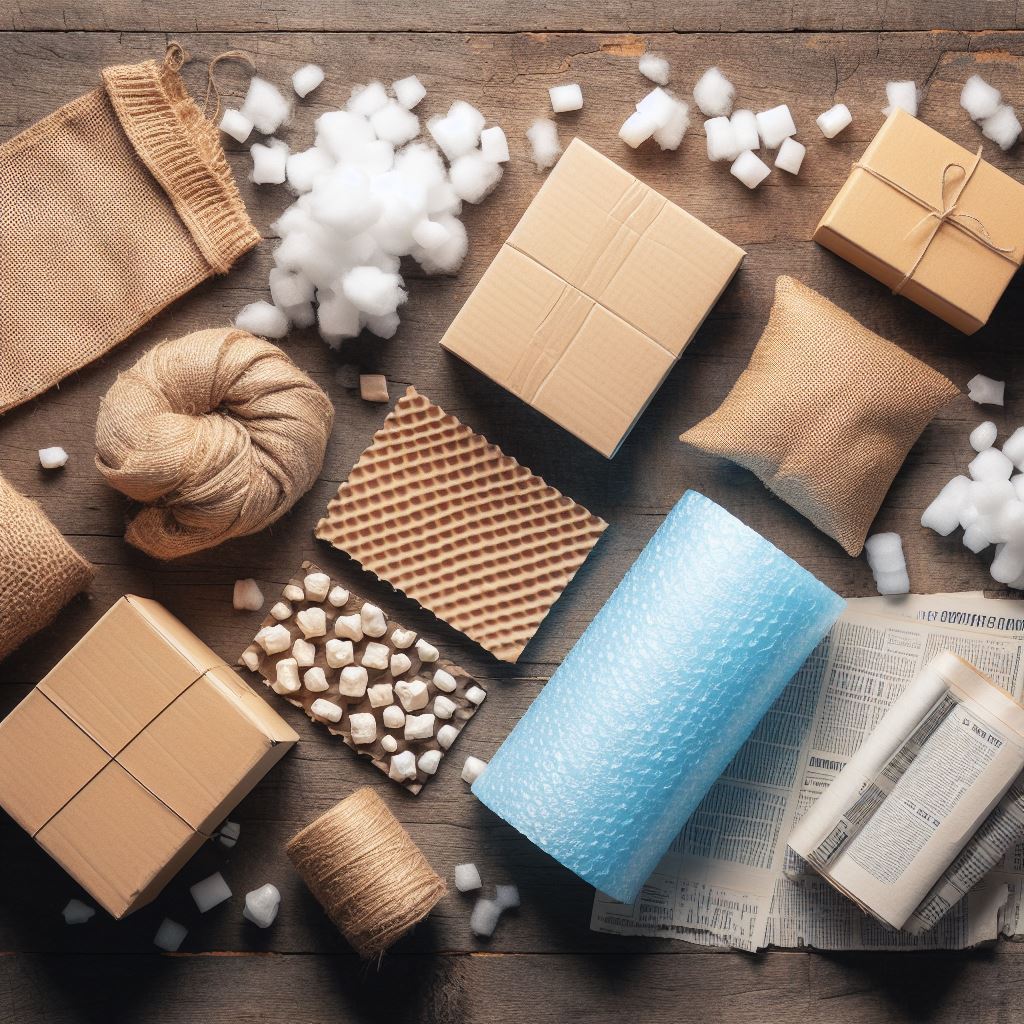
In the fast-evolving landscape of consumer goods, the role of packaging materials has become increasingly crucial.
From sustainable practices to enhanced product protection, manufacturers are exploring innovative solutions to meet evolving consumer expectations.
In this article, we will discuss emerging trends and breakthroughs in packaging materials, shedding light on the advancements reshaping the industry.
Sustainable Packaging Solutions
The growing environmental consciousness among consumers has prompted a surge in sustainable packaging solutions. Biodegradable plastics, derived from plant-based sources, are gaining prominence as an eco-friendly alternative to traditional plastics.
Compostable materials, such as cornstarch-based packaging, are also making strides, providing a solution that naturally breaks down without harming the environment. AZoBuild.com notes that this has prompted researchers to experiment with biodegradable concrete alternatives.
This is because traditional concrete production is a massive source of carbon emissions. The Portland Cement Association notes that manufacturing one cubic yard of cement releases 400 lbs of CO2.
Additionally, the use of recycled materials, including recycled paper and cardboard, is becoming widespread. Companies are adopting these sustainable options to reduce their carbon footprint while meeting the rising demand for ethically sourced and eco-conscious products. This helps them align their practices with environmentally responsible consumer expectations.
Smart Packaging Technologies
The integration of smart technologies into packaging is reshaping the way consumers interact with products. Forbes notes that intelligent sensors embedded in packaging can monitor the freshness of perishable goods, providing real-time information to consumers.
Interactive QR codes on packaging enable customers to access product details, track the supply chain journey, and even receive personalized promotions. These innovations not only enhance the overall consumer experience but also contribute to improved supply chain visibility.
By leveraging smart packaging technologies, companies can optimize inventory management, reduce waste, and respond more effectively to market demands. This creates a seamless and interconnected product ecosystem.
Nanotechnology in Packaging
Nanotechnology is revolutionizing packaging materials, offering unprecedented improvements in functionality and performance.
A report published by ScienceDirect notes that nano-sized particles embedded in packaging materials enhance barrier properties, providing better protection against moisture, gases, and contaminants. This holds particular advantages for the packaging of food products, where the risk of spoilage is a critical concern.
These materials also exhibit increased strength and durability, allowing for thinner and lighter packaging without compromising integrity. Furthermore, nanotechnology enables the development of smart packaging with advanced tracking features, ensuring precise monitoring of products throughout the supply chain.
As the technology continues to advance, nanotechnology in packaging holds the promise of extending shelf life, reducing waste, and improving product safety and quality.
Antimicrobial Packaging
In response to heightened concerns about health and hygiene, antimicrobial packaging is emerging as a critical solution in various industries. This innovative packaging incorporates antimicrobial agents that actively inhibit the growth of bacteria, viruses, and other pathogens on surfaces.
Particularly relevant in the food and medical sectors, antimicrobial packaging ensures the safety and hygiene of products. It extends their shelf life and reduces the risk of contamination.
From antimicrobial films for food packaging to medical supplies with built-in protection, this technology addresses the demand for enhanced safety measures. This creates a new standard for packaging materials in environments where hygiene is critical.
Intelligent Labels and RFID
The adoption of intelligent labels and Radio-Frequency Identification (RFID) technology is transforming supply chain dynamics. Intelligent labels, equipped with sensors and data storage capabilities, enable real-time tracking of products.
RFID technology enhances visibility and traceability, reducing errors and improving overall efficiency in inventory management and logistics. This technology benefits businesses by streamlining operations while providing consumers with accurate and timely information about the origin and journey of their purchased products.
With applications ranging from retail to healthcare, intelligent labels and RFID are revolutionizing the way products are monitored. This enhances transparency and accountability throughout the entire supply chain.
Polyethylene Cushioning Foam
Polyethylene cushioning foam has emerged as a breakthrough solution for protecting fragile items during transit. This lightweight and versatile material provides exceptional shock absorption, effectively safeguarding products from impact and vibration.
Foam Factory notes that its flexibility allows for custom fitting, ensuring a snug and secure packaging for various shapes and sizes. Beyond its protective qualities, polyethylene cushioning foam is reusable and recyclable, aligning with sustainability goals.
Its popularity is on the rise across industries, including electronics, fragile goods, and even medicine, where ensuring the safe arrival of products is crucial. This innovative foam represents a sustainable and effective alternative to traditional packaging materials, reducing waste and minimizing the environmental impact of shipping.
Edible Packaging Materials
Edible packaging materials are making waves as an ingenious solution to combat single-use plastic waste. Composed of edible polymers and natural ingredients, these materials provide a sustainable alternative for certain products, such as snacks and condiments.
Not only do they eliminate the need for traditional packaging, but they also offer a unique and eco-friendly consumer experience. Edible packaging is designed to be consumed along with the product or easily dissolved, leaving no trace behind.
Edible packaging materials showcase the industry’s commitment to reducing environmental impact while introducing a novel and exciting dimension to the packaging landscape.
In summary, the packaging industry is undergoing a dynamic evolution marked by sustainability, technological integration, and heightened product safety. The surge in sustainable solutions, coupled with innovations like smart packaging and nanotechnology, reflects a commitment to eco-conscious practices and enhanced functionality.
Antimicrobial packaging sets new standards for hygiene, while intelligent labels and RFID redefine supply chain dynamics. Polyethylene cushioning foam provides effective protection with a focus on sustainability.
Edible packaging materials offer a unique, eco-friendly consumer experience. Collectively, these trends signify a comprehensive and forward-looking transformation, illustrating the industry’s adaptability to consumer expectations and global environmental concerns.